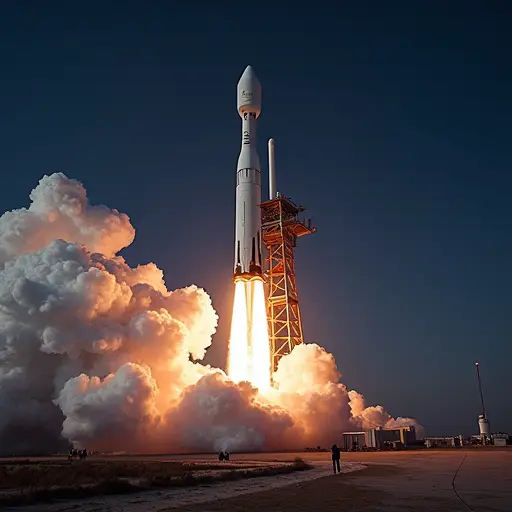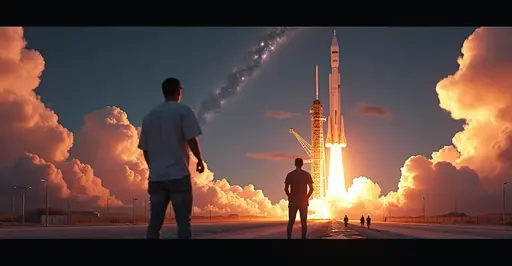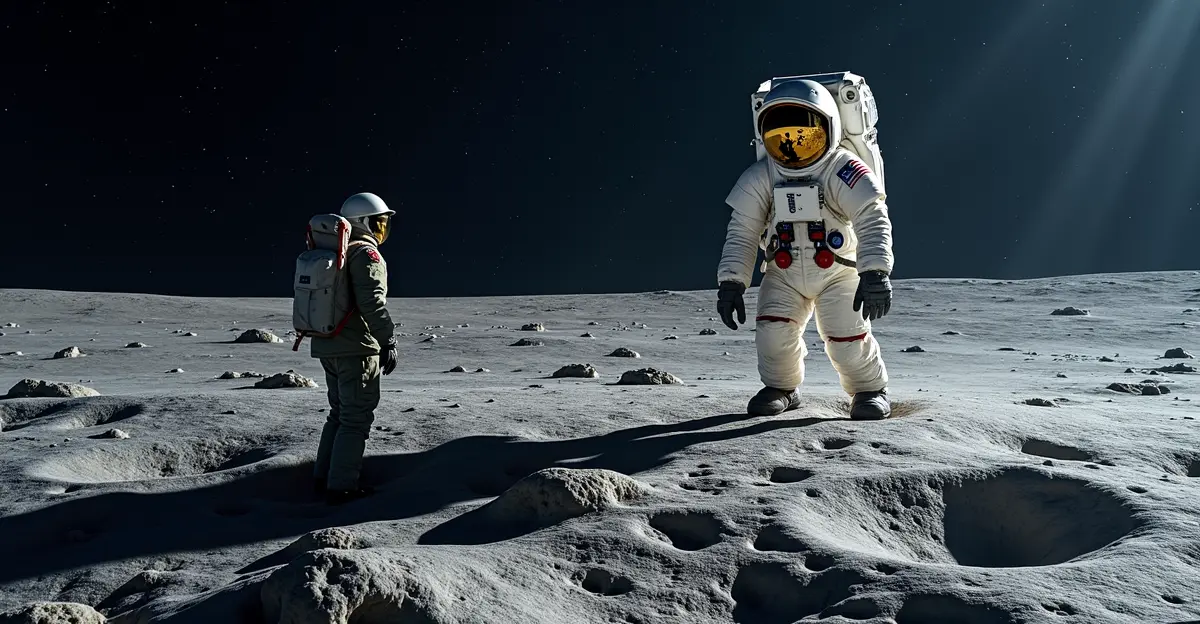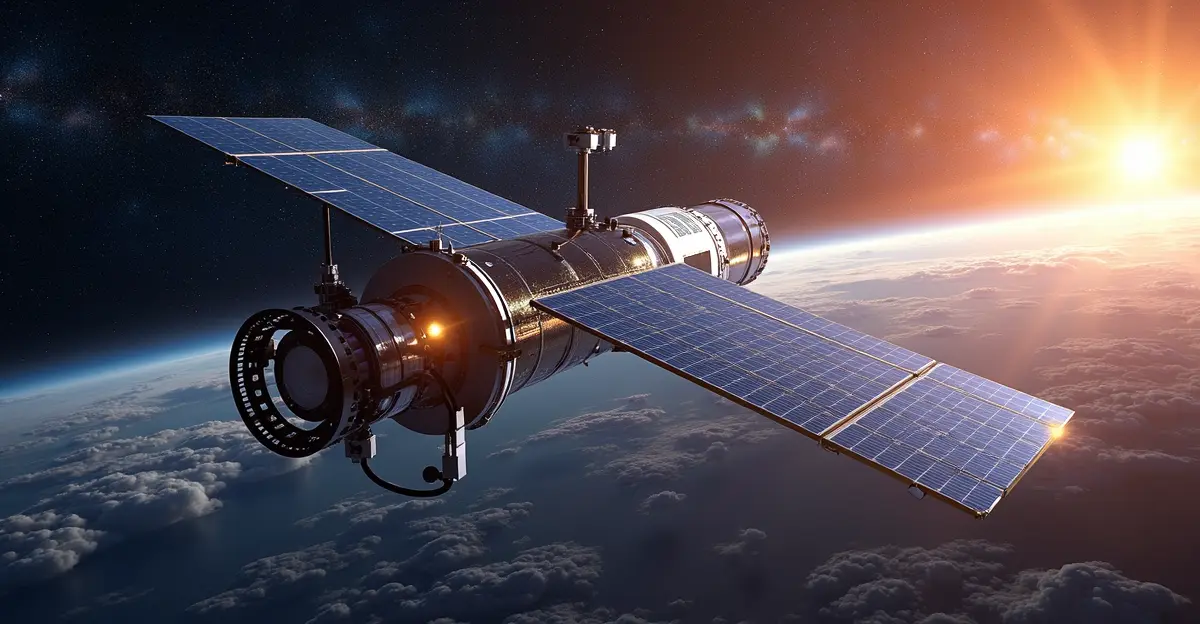UN member states adopted binding space debris mitigation rules requiring satellite deorbiting, collision avoidance standards, and active cleanup initiatives. The agreement addresses growing orbital congestion threats while establishing funding mechanisms.
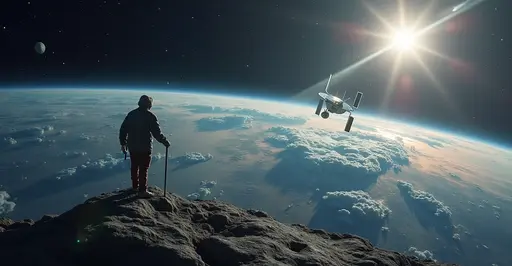
Global Agreement on Orbital Cleanup
The United Nations Committee on the Peaceful Uses of Outer Space (COPUOS) has finalized groundbreaking space debris mitigation guidelines. After months of negotiations, 102 member states approved measures to address the growing threat of orbital junk threatening satellites and space missions.
The Kessler Syndrome Threat
With over 40,000 tracked objects circling Earth - from defunct satellites to rocket fragments - experts warn we're nearing critical density. "At current growth rates, we risk triggering the Kessler Syndrome," says Dr. Elena Rostova, referring to the cascading collision scenario that could render orbits unusable. Recent incidents like the 2025 SpaceX Starship fragmentation highlight the urgency.
Key Provisions of the Agreement
The new framework establishes three core mandates: mandatory end-of-life deorbiting within 25 years, collision avoidance standards for new satellites, and active debris removal targets. Notably, it creates financial responsibility mechanisms where operators contribute to cleanup funds based on launch mass.
The guidelines build upon the 2007 space debris mitigation standards but add enforcement teeth. "This transforms voluntary suggestions into actionable requirements," noted COPUOS chair Arjun Mehta during the Vienna session.
Implementation Challenges
While celebrated as a milestone, challenges remain. Developing nations expressed concerns about cost barriers, while commercial operators like SpaceX and OneWeb pushed for phased implementation. The agreement establishes an international monitoring body but leaves enforcement to national regulators.
Technological hurdles also persist. "Active debris removal remains experimental," acknowledged ESA engineer Markus Fischer, referencing recent tests of nets and harpoons. "Scaling solutions to match the problem requires unprecedented investment."
US TraCSS System Takes Center Stage
Concurrently, the US Office of Space Commerce announced its Traffic Coordination System for Space (TraCSS) will begin operations this year. This SSA platform will share collision warnings globally, complementing UN efforts. "International coordination is non-negotiable," stated OSC Director Gabriel Swiney at the Vienna talks.
The European Space Agency's ClearSpace-1 mission, targeting a 2026 debris removal demonstration, received renewed funding commitments following the agreement.

 Nederlands
Nederlands English
English Français
Français Deutsch
Deutsch Español
Español Português
Português



